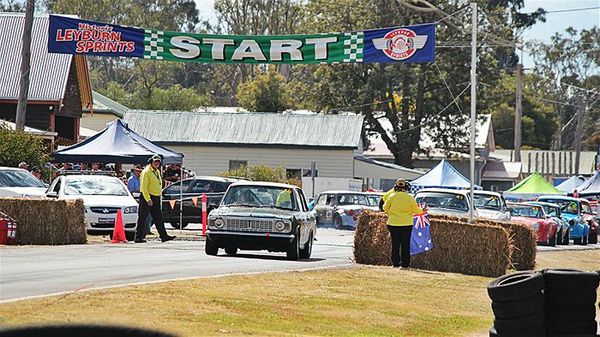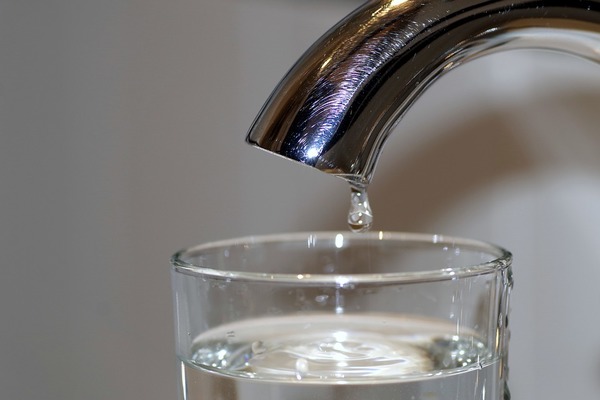
By Jeremy Sollars
The monthly report for April on town water quality across the region was missing from the May meeting agenda of the Southern Downs Regional Council.
The monthly report usually appears in the Engineering Services section of the agenda, and shows if national drinking water quality standards have been met in council’s potable supplies in the preceding month, but the May agenda only contained water consumption data for the region for April.
The March water quality report showed water tested at the Warwick Water Treatment Plant (WTP) contained a level of E. coli which did not meet the Australian Drinking Water Guidelines (ADWG), registering two units per 100ML, but the council says this has since been rectified and no E. coli is now present in Warwick supplies.
The advice comes as the council investigates contamination of the Leyburn town water supply which has been found to contain a low level of what the council has referred to as “pharmaceuticals”, but says the water is safe to drink.
Director of Engineering Services Peter See said the reason the April report on the health of Warwick’s town water was missing from the May agenda was “due to consensus (among councillors) that the number of reports generated was high”.
He said the April water quality report was presented to councillors in an Information Report, which are understood to be tabled at councillor briefing sessions held behind closed doors ahead of monthly meetings.
“In May, the information was split: the Recycled Water Tables and the Potable Water Table went into a Councillors Information Report and graphs went into the Monthly report in the May agenda,” Mr See said.
“E. coli is regularly tested, and it is within Australian Drinking Water Guidelines.
“The E .coli reading for March at Warwick WTP was brought to the attention of Queensland Health. An issue was identified in the Yangan supply.
“At this time, Southern Downs Regional Council worked on a solution as per Queensland Health’s directions, and the issue was quickly rectified.
“No residents were at risk during this time.”
The Free Times asked the council for more information on the “issue” with the Yangan supply, but none was received by time of printing this week.
Stink over Quart Pot Creek
The council remains under investigation by the Queensland Department of Environment and Heritage (EHP) over a number of releases of wastewater into Stanthorpe’s Quart Pot Creek late last year and this year.
The council was fined $12,190 by EHP after an effluent spill into Quart Pot Creek in July last year, and EHP has confirmed it is still investigating other similar incidents which have occurred since then.
Council reports show just under 100 megalitres of effluent has been released into the creek in five other incidents in August, September and October last year and March and April this year, largely attributed by the council to heavy rainfall and in one case to damage caused by a contractor excavating in the creek and rupturing a sewer line underwater.
An EHP spokesman told the Free Times last month investigations into the August to April spills was ongoing.
“The Southern Downs Regional Council has been co-operative with the department in seeking to resolve the issues and achieve compliance,” the spokesman said.
“As part of the investigation, EHP has reviewed monitoring data provided by Southern Downs Regional Council.
“EHP has previously inspected the Stanthorpe Waste Water Treatment Plant and nearby receiving waters and will again inspect the plant in the near future.
“Part of the ongoing investigation relates to the current techniques used by Southern Downs Regional Council to calculate release volumes.”
Leyburn water “safe to drink”
The council issued a statement on Wednesday last week advising that “low levels” of “pharmaceuticals” – along with artificial sweetener and caffeine – had been detected in the Leyburn town water supply, which comes from an aquifer bore.
Mr See has since told the Free Times that a council investigation of the issue could take “a month or so”, but has assured Leyburn locals the contamination is not a threat to health.
The council has said it believes the contamination is the result of an infiltration of the aquifer which supplies the town by either septic or agricultural material.
The Free Times understands the contamination is most likely to be septic in nature, with a vast array of substances found in septic wastewater, including residue from illicit drugs along with pharmaceuticals such as antibiotics, mood-stabilising medications and hormones from oral contraceptives, mostly passed in urine and faeces, with some coming from unneeded medication flushed down the toilet.
The council last Thursday issued a “question and answer” style information statement on the Leyburn contamination, in addition to the initial statement on Wednesday.
It described the test results as “unusual” but reiterated that the level of pharmaceuticals represented no threat to human health.
“Water Treatment Plant Operators collect the samples, Queensland Forensic and Scientific Services Lab analyse the results,” the statement said.
“Council has reported the findings to QHealth and the Department of Water and Energy Supply under the conditions of approval of the drinking water quality management plan as we were unsure of the significance of the result from a public health perspective.
“DEWS has stated that it is not a reportable incident and council is following the recommendations of QHealth.
“QHealth has advised a boil water advisory is not an appropriate response in this instance, and that the levels of pharmaceuticals in the water will not cause harm.
“Further testing has been carried out and the raw and treated water is free from E.coli, we also tested for cryptosporidium and giardia, and these were also not detected.
“SDRC is liaising regularly with QHealth.
“The water is considered safe.
“Investigations will continue to try to find the source. If this is not possible, consideration will be given to providing an additional treatment process for the bore water if this is deemed necessary.
“Various options will be considered depending on the outcome of investigations. However, as this investigation is the early stages, council has not yet finalised options.
“These options may include additional treatment processes or potentially the need for finding an alternative aquifer for supply.”
* More at www.sdrc.qld.gov.au







